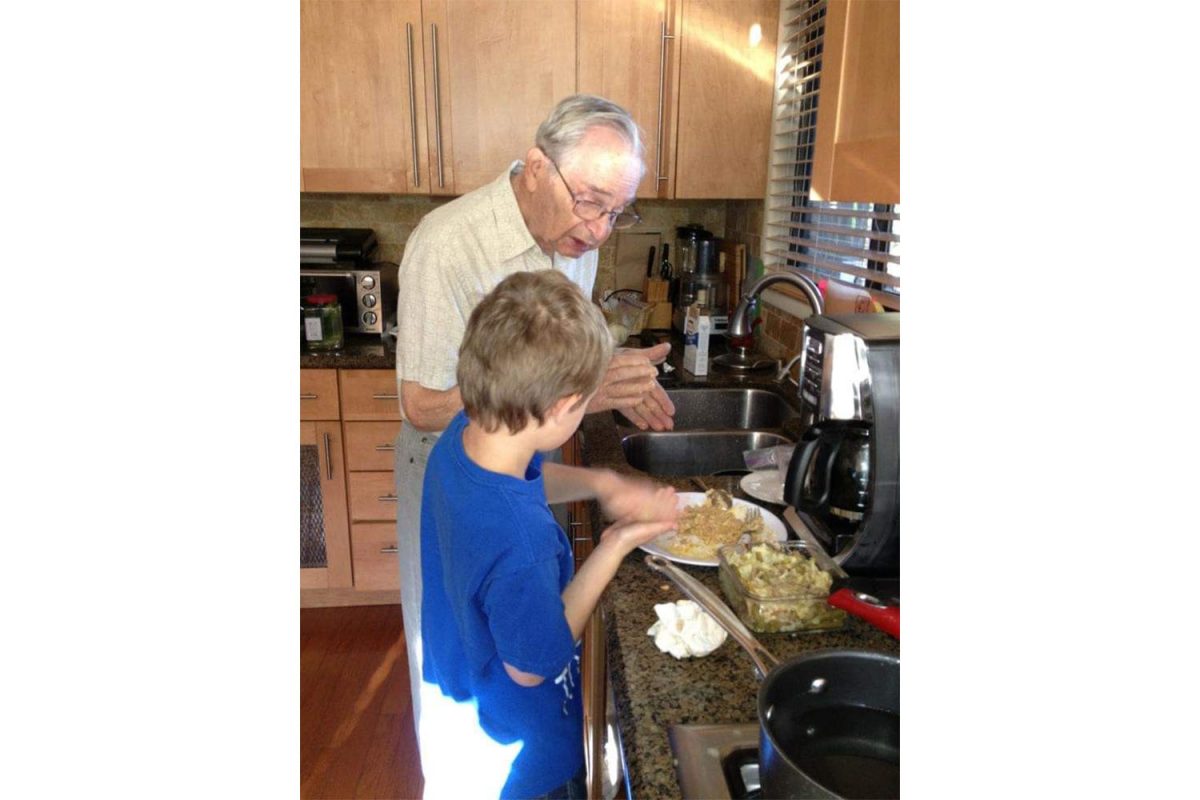I found the shark’s skull at Rincon Beach. This was years ago, when I was a little kid in Orca Camp. I can’t remember if it was hidden in a shallow tide pool or if it had washed up at the mouth of the river, where it empties into the sea.
The only thing I remember is the overwhelming smell of baby powder. It was all cartilage, all white, a thin coat of waxy fish-oil rubbing my fingers. The camp instructor I was with told me to put it down, but I didn’t listen; people often told me to leave dead things on the beach alone, like they shouldn’t have been there—Santa Barbara’s beaches are too pretty for dead things.
Ironic, considering the oil platforms.
Even now I have traces of black tar stuck to my feet, the soles of my shoes. The Chumash used it to build their boats, called tomols, as did the Tongva with their te’aats down where the acres of their land have been razed by the concrete edifice of Los Angeles. They called the beach-tar they used to keep their boats together yop.
Now it’s called petroleum. At night you can see the oil platforms watching, a chainlink fence separating us from the Channel Islands. These massive, skeletal harps, so far over the ocean that all you can see are their eyes, nocturnal in the dark. Our looming monarchs, monoliths to our currencies and to our systems of propriety. I have a sense that those things are watching us. If not the structures themselves, then the workers living on them.
When the other life forms wash up on our beaches, we barely take a mind to their disparate biologies. The mind of a sea lion is far more arcane and alien than the mind of a human. We can only dream of covering their experiences first-hand, as journalists and as scientists. The closest we can get to our unfamiliar siblings is the zoo, but even closer are the reeking, bulbous bodies that appear upon tar-lined sand.
I was never allowed to be as close to the dead ones.
Tar is a natural material. Natural gasses dwell from long-lost primordial landscapes. But oil is far different: oil comprises the mummified remains of millions of extinct animals. Fossilized remains are all stone, they’re just the imprints of those creatures; oil is their flesh and blood preserved under our feet, under our world, for millennia.
When magma breaches the earth’s crust, it becomes lava. This is an academic distinction. Lava and magma are functionally identical, yet for convenience, we humans have sought to call them by different names. The word “cow” originates from Old English, and “beef” comes from the word used by the French-speaking Normans for the same animal; there was never a distinction between a cow and its meat in those times.
I never had a word to define the dead things by. With their silent deaths on the beaches came exclusion zones. I was only allowed to see the dead fish at the markets on the wharf, but still I was driven to the cryptids that made landfall where the bridges don’t span.
Death, to a child, has no name. Now that I’m older, though, I’m allowed to see it in its fullness.
I couldn’t be happier.






